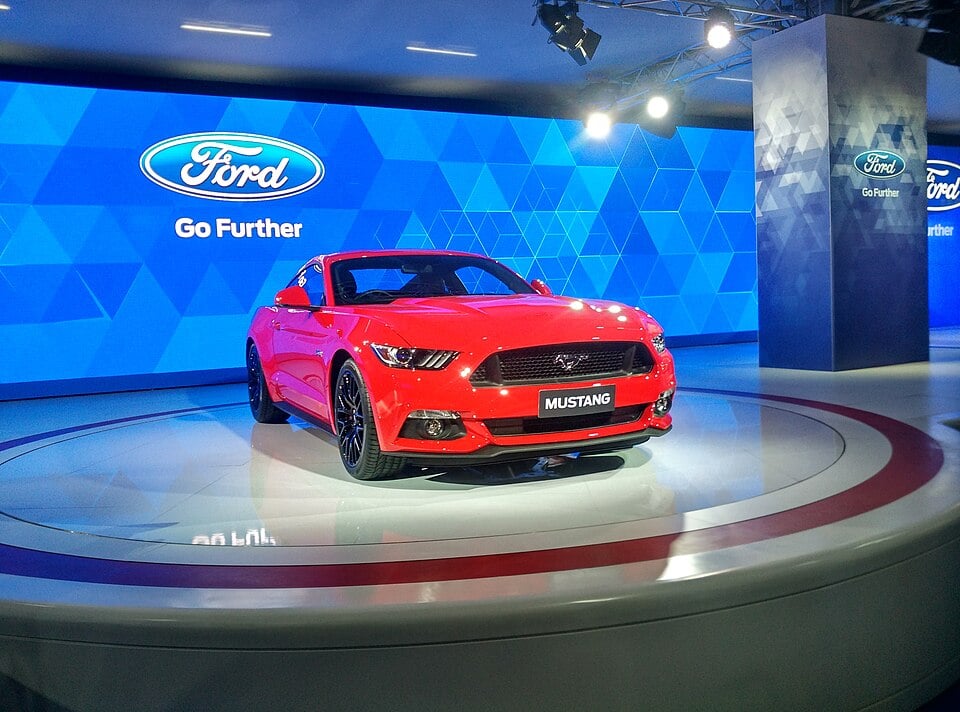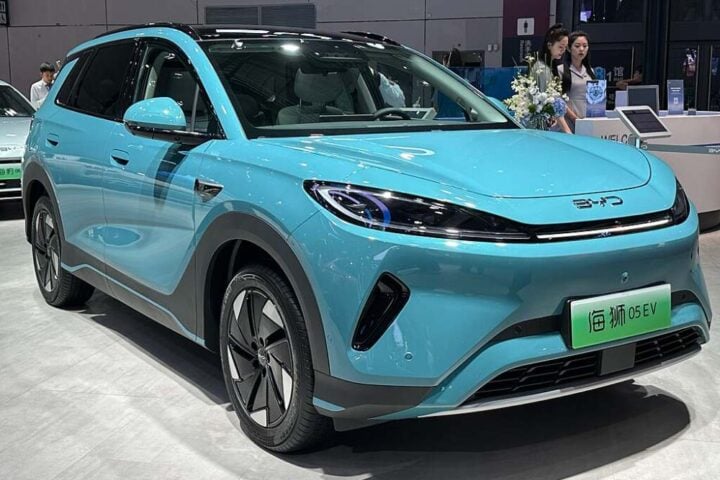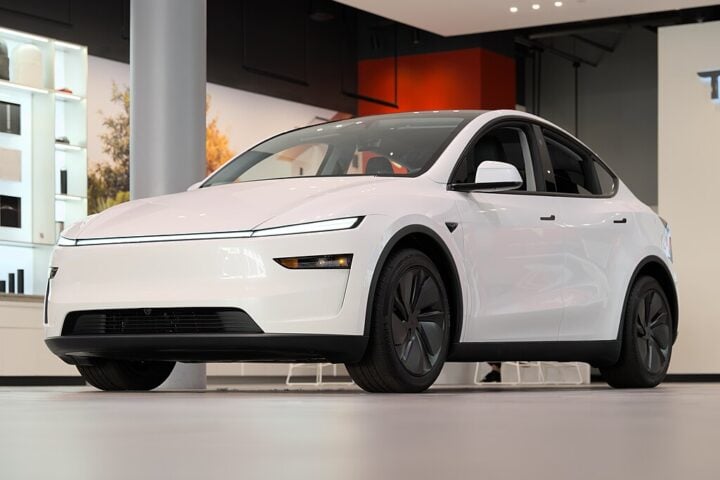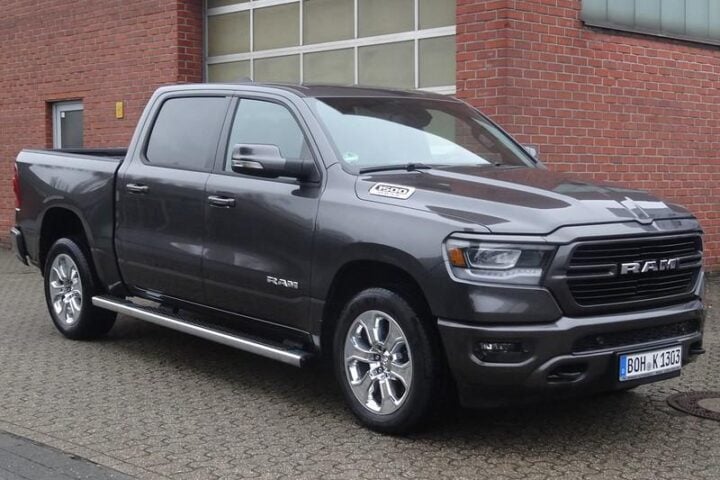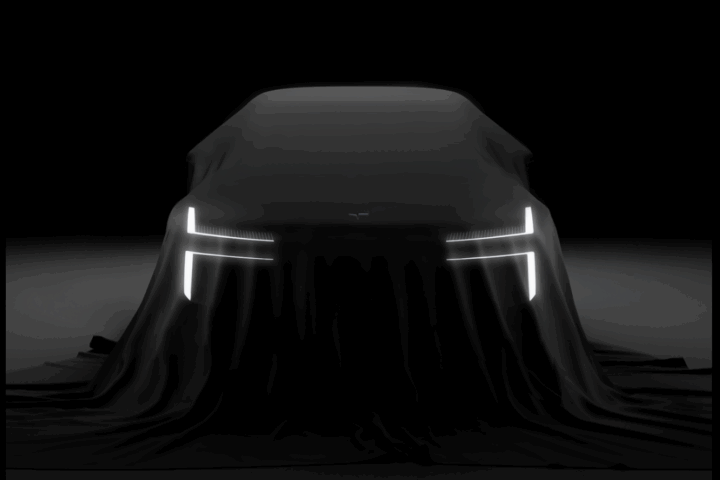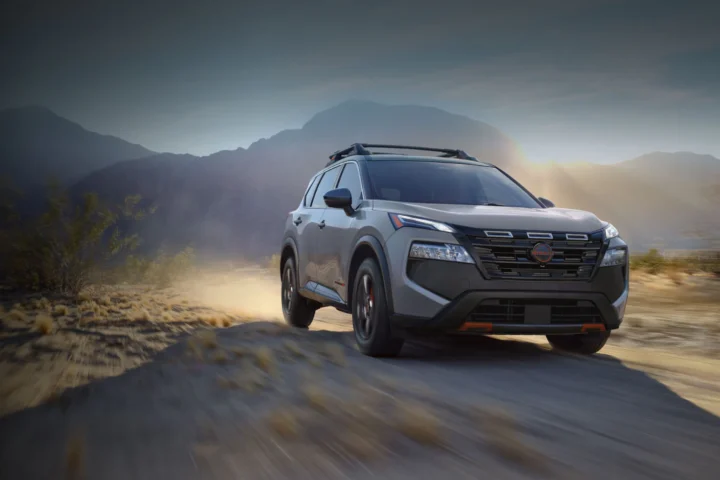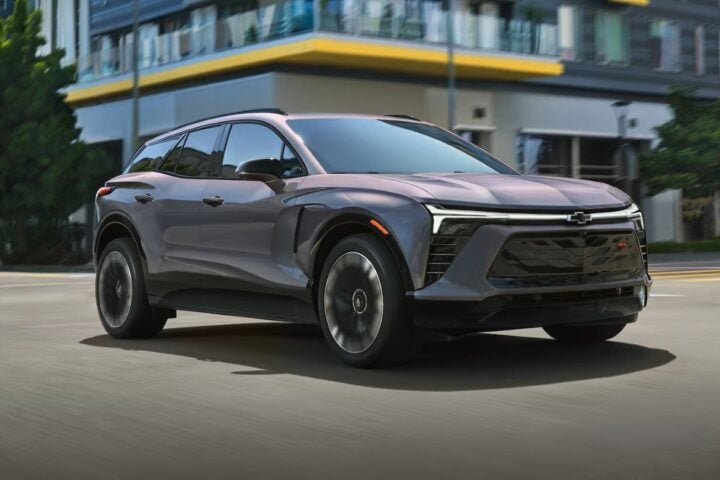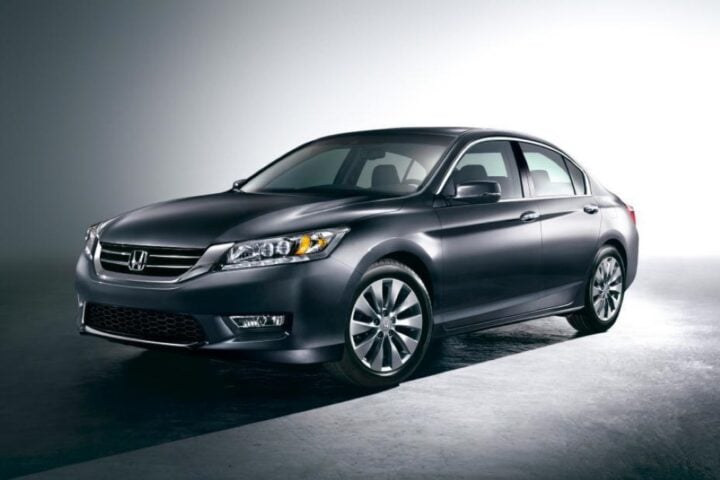Ford Motor Company hit a new April sales record last month, with U.S. deliveries climbing 16% to 208,675 vehicles compared to April 2024. This strong performance, however, tells two very different stories about the automaker.
Gas-Powered Giants Drive Growth
The company’s traditional lineup of trucks and SUVs powered the sales surge. Truck sales jumped 19% to 116,955 units, with pickup trucks specifically rising by 23% to 99,954 vehicles. The F-Series and the compact Maverick pickup both contributed to the strong truck sales performance.
SUV sales also showed healthy gains, up 13.4% with models like the Bronco, Bronco Sport, Expedition, and Lincoln Navigator all posting substantial increases.
EVs Hit a Roadblock
In stark contrast, Ford’s electric vehicle sales collapsed by nearly 40%, falling to just 4,859 units from 8,019 in April 2024. All three electric models in Ford’s portfolio suffered:
- Mustang Mach-E: Down 40% to 2,927 units
- F-150 Lightning: Down 17% to 1,740 units
- E-Transit vans: Down 81% to just 192 units
Ford spokesperson Emma Bergg attributed the EV sales slump to inventory constraints stemming from model year changeovers. “Going into the month of April, Mach-E and F-150 Lightning were operating nationwide on 9 and 19 dealer days’ supply, respectively,” the company stated, adding that May sales are expected to increase as inventory levels normalize.
Hybrids Find the Sweet Spot
While pure electric vehicles struggled, Ford’s hybrid models flourished with sales rising almost 30% in April. These “electrified” options—combining gas engines with battery assistance—seem to be hitting a consumer sweet spot between conventional vehicles and full EVs. Combined EV and hybrid sales were up 8.4%.
Strategic Discounting Drives Traffic
A key factor behind Ford’s strong April performance was its aggressive “From America, For America” discount program, which offers employee pricing on most 2024 and 2025 models. Initially planned to end June 2, CEO Jim Farley announced the promotion will now run through July 4.
The discount strategy leverages Ford’s relatively healthy inventory levels at a time when many consumers are rushing to buy vehicles before potential price increases from tariff policies take effect.
Behind the EV Strategy
Ford’s rocky EV performance comes amid reports of strategic shifts in its electrification plans. According to Ford’s clarification to industry publication Electrek, the company is merging two electrical architectures into one that will serve vehicles across different powertrains. This unified approach aims to offer consistent connected experiences whether in electric models like the Mach-E and F-150 Lightning or in traditional vehicles like the Bronco, Mustang, and Ranger.
The company also extended its “Power Promise” program, which offers EV buyers a free Level 2 home charger and several other benefits to help ease consumer transition to electric vehicles.
Market Context
Ford’s mixed performance reflects broader industry currents. Toyota’s North American division reported a 23.5% increase in April U.S. sales, reaching 35,174 units. Across the market, light trucks (pickups and SUVs) continue dominating sales while passenger car numbers decline.

Industry analysts note that current sales strength may partly reflect consumers “pulling ahead” purchases before anticipated tariff impacts materialize, potentially creating market volatility later in 2025.For consumers, the diverging performance between Ford’s traditional and electric vehicles highlights ongoing questions about the pace and path of automotive electrification in the U.S. market—where trucks still rule the road but alternatives like hybrids are gaining traction.
